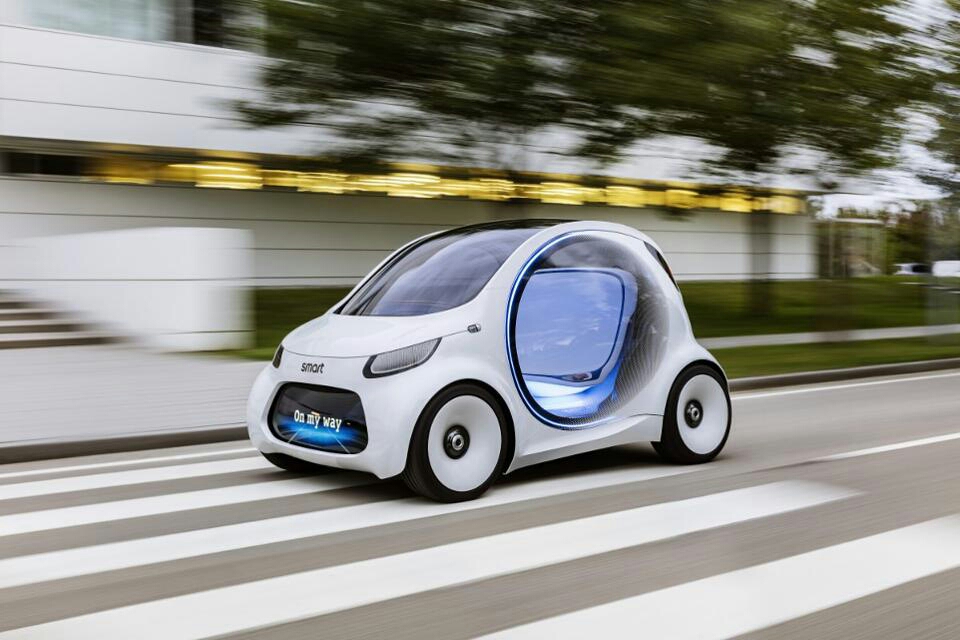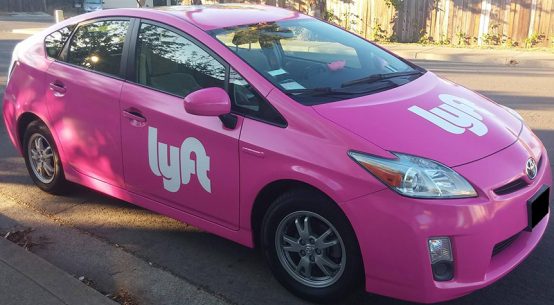
After years of jokes and nervous speculation about the future of driving, a manufacturer has finally unveiled the first car to forgo pedals and a steering wheel. With a wink and a nod, Smart, owned by Mercedes-Benz parent company Daimler, extolled the virtues of its self-driving minicar concept in a musical it developed for its reveal at the Frankfurt Motor Show this week.
The smart vision EQ fortwo, the company’s vision for the future of “urban luxury,” may never make it to the road. But the all-electric minicar, which runs on a 30-kilowatt lithium-ion battery, is bound to impress, if not do the heavy lifting for us, if and when it does. The concept, which is fully autonomous and picks up passengers on demand, conforms to Daimler’s creed for the future – that cars should be connected, autonomous, shared, and electric in order to reduce traffic, emissions, and noise pollution in crowded cities.
“The basic idea is that cars should make use of themselves in the city,” Dieter Zetsche, chairman of Daimler AG’s Board of Management, said at the car’s reveal on Tuesday.
In the future, users will be able to order and operate the car – which will drive at Level 5, the highest level on the self-driving scale – entirely from their smartphone. Much like Uber Pool or Lyft Line, Daimler envisions that the smart vision EQ fortwo will be able to pick up another passenger on the way to split expenses.
However, unlike the current rideshare programs, Smart’s car will match riders based on musical preferences, Facebook likes, and other profile information. (The first rider would also have the power to reject the request.) When the second passenger boards, the wraparound digital screen on the dashboard would show the pair’s shared interests, such as concerts they’ve attended or sports that they play. The car fits two people (hence, “fortwo”), but larger groups could order a second car to follow behind. The bench seat divides into a two-part barrier that strangers can erect to create a sense of privacy.
When it’s not shuttling passengers around the city, the smart vision EQ fortwo will be able to drive itself to a station to recharge its battery. It could also connect to and feed electricity back into the to the power grid to serve as a “swarm battery,” Zetsche said. It performs another public service, too: Whether parked or in motion, the car’s large, round side panels can display news, sports scores, weather forecasts, or the time of day.








